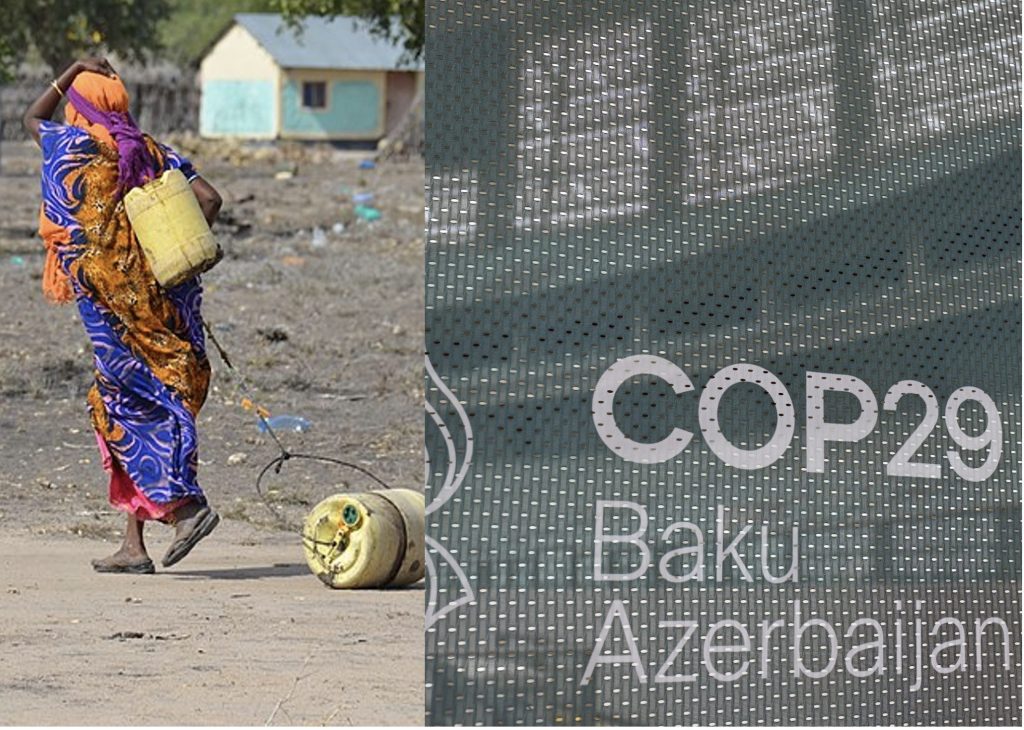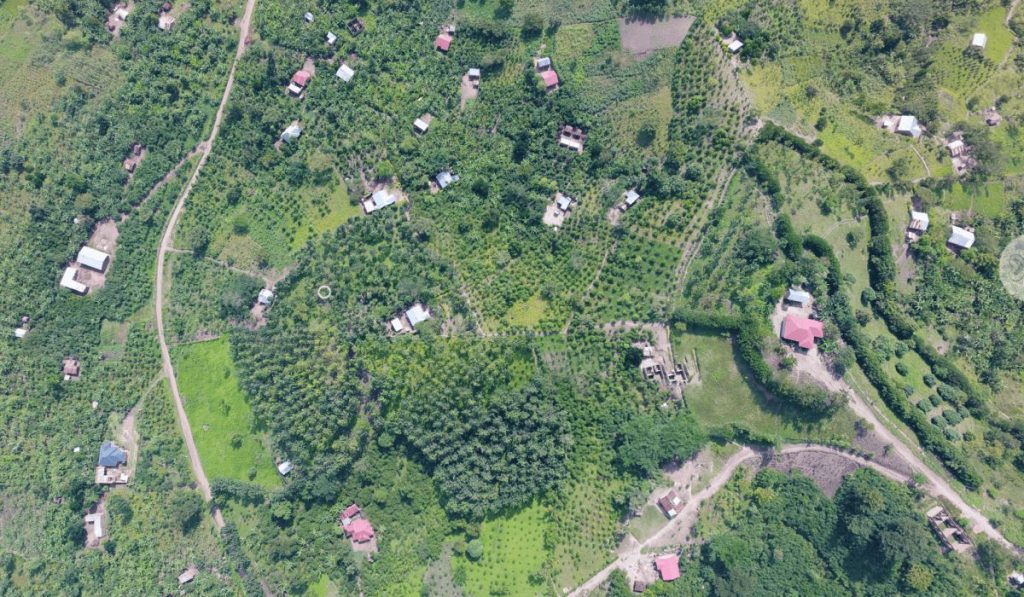Article 6 is one of the most often cited provisions of the Paris Agreement. Frequently mentioned by government officials, project developers and investors involved in carbon projects, many recognise the provision as vital for stimulating the flow of financing necessary for successful climate action.
The provision provides a variety of options for parties to meet the Paris Agreement goals. Article 6.2 enables Parties to the Paris Agreement to pursue voluntary co-operation in the implementation of their Nationally Determined Contributions (NDCs), using tradable units referred to as internationally transferred mitigation outcomes (ITMOs). This allows voluntary country-to-country trade such as the Ghana-Swiss Cooperative Approach, the first in the world to authorise ITMOs in 2022. Article 6.4 on the other hand allows the establishment of the Paris Agreement Crediting Mechanism (PACM), which enables private sector engagement on the development of projects that generate carbon credits with centralised oversight from a Supervisory Body that is accountable to the Parties to the Paris Agreement (CMA).
Challenges in operationalising Article 6
Article 6 was introduced at COP 21 in 2015, comprising a key feature of the milestone Paris Agreement. However, it has proven a bumpy ride to bring into operation. The first set of Article 6 rules, procedures and modalities were only confirmed by countries in 2021 at COP 26 in Glasgow, years after countries resolved to utilise co-operative approaches and the use of market mechanisms to deal with the global challenge of climate change.
The rulebook developed at COP 26 provided the foundational toolbox for early project pilots. To date, diverse projects across the world have been authorised under Article 6.2. Significantly, on 15 December 2023, the first ever issuance of 1,916 ITMOs for the E-Bus Program in Bangkok stemming from the period October – December 2022 were delivered under Thailand-Switzerland bilateral co-operation. Article 6.4 has also been proceeding. The Supervisory Body has been established and is up and running, and projects have submitted their request to transition from the Clean Development Mechanism to PACM, with some of these requests now approved.
Whilst the Article 6 pipeline is relatively healthy, it will only grow from strength to strength as the modalities for action become clearer. As ongoing Article 6 pilots and initiatives have demonstrated, there is significant potential for co-operative market approaches to be used to benefit countries seeking to meet their NDCs, local communities and ecosystems around the world.
Last year, It was expected that the COP would deliver a set of final rules for the full implementation of Article 6. Countries, however, could not agree on a number of contentious issues. These concerns were rolled over to the COP 29 negotiation table. They include providing clarity on the approval issued by host countries (known as Letters of Authorisation) for credits to be traded globally under Article 6.2, that buyers can use towards their own NDCs or for other purposes such as carbon offset schemes for aviation, known as CORSIA. While it is agreed that authorisation is needed, global agreement is lacking on the finer details, such as when and how the approval takes place, related timelines and rules, the form and substance of authorisation statements, and whether a country can elect to revoke its authorisation. COP 29 also needs to provide clarity on the functioning of the registry for internationally traded credits (Article 6.2 International Registry), and the adoption of pre-COP Supervisory Body recommendations on standards for methodologies and greenhouse gas removals.
The Azerbaijan COP presidency has set out Article 6 as a major priority, noting that it is “the second major expected deliverable of COP 29”. As such, many are keen for some white smoke on these critical issues.
Addressing Africa’s Concerns
African experts and negotiators have highlighted at a pre-COP strategy meeting that COP 29 is a defining moment. Africa is keen to ensure that the COP sets a new financial target under the New Collective and Quantified Goal (NCQG) to bridge the climate finance gap, support vulnerable communities and enhance global co-operation. In this regard, carbon markets, if operationalised with a focus on social and environmental integrity, will provide the much-needed additional contributions to global climate finance flowing to the continent.
Additionally, in developing Africa’s COP 29 position, the Africa Group of Negotiators has identified Article 6 as a priority area, emphasising that Africa requires a decision in Baku that enables the operationalisation of Article 6 to accelerate the development of carbon projects in the continent.
Africa’s position has been influenced by proposals such as those of The Climate Network, a broad coalition of stakeholders including investors, project developers, civil servants, and advisory firms across nature, industry, and energy sectors working in Africa’s carbon markets, who made proposals to the Africa Group of Negotiators on Article 6 and carbon markets. In order to unlock the continent’s potential as a global leader in the generation of carbon credits, these stakeholders proposed standardising laws and regulations across countries, and building carbon market infrastructure, prioritising durable carbon removal strategies that offer sustained value in the negotiations, They also advocate for African-specific standards, i.e. guidance documents and rules on how to quantify emissions reductions, and monitor and report on them that are tailored for African circumstances.
Article 6 concerns have also been under discussion at the regional level. The East African Community (EAC) has issued a Common Position on COP 29, calling for substantial progress on rules and procedures for carbon markets under Article 6 of the Paris Agreement, with clear guidance on transparency, environmental integrity, and standardised minimum pricing for carbon credits, i.e. a price floor, to remedy the relatively low price that African credits often trade for. The EAC position also highlights that the trade of credits between countries should ensure fair conditions for developing countries and should uphold environmental integrity. It additionally calls for capacity-building initiatives to enhance the ability of EAC countries to engage in carbon markets and trade carbon credits.
So far, African countries are home to diverse carbon projects in different sectors and utilising an array of technologies. However, the continent is barely flexing its full capability. According to the Africa Carbon Markets Initiative, Africa has the potential to scale its carbon credit market 19-fold by 2030, supporting up to $6 billion of revenue and 30 million jobs. To realise this potential, ACMI emphasises that African governments must establish a clear and stable regulatory landscape conducive to scaling carbon markets.
To this end, governments are now developing policy, legal and regulatory frameworks on carbon markets, in order to support the development of robust and credible markets that consist of a supply of high-quality carbon credits. The enabling frameworks are also important for enhancing carbon financing in-country, encouraging the participation of private sector, and ensuring local communities equitably benefit from carbon projects.
With this supportive framework in place, Article 6 has started to operate in the continent. Finalising the pending details such as on authorisation and registry functionality at COP 29 and taking heed of Africa’s concerns such as on the pricing of carbon credits, the standardisation of regulations, and the provision of capacity building will be critical in switching on the green light for full operationalisation.
Clarice is a Consultant at Cliffe Dekker Hofmeyr, based in Kenya.





